
The highest-profile moments in the new approach have been well-noted, such as the president giving an interview to progressive radio host Ed Schultz and Obama calling on a reporter from the liberal-leaning Huffington Post at his first news conference.
But those moves are only part of a much larger strategy aimed at communicating directly with audiences the White House believes are more sympathetic to the president’s agenda — and one in which much of the work is being done by Obama’s top advisers.
On the day Obama released his ambitious spending plan, the administration put White House budget director Peter Orszag on a conference call with liberal-leaning writers. Senior administration aides have followed up by promoting the budget to local radio talk shows during morning drive time.
Jared Bernstein, Vice President Joe Biden’s economic adviser and a favorite of the labor-liberal wing of the Democratic Party, also held a conference call with friendly reporters.
White House chief of staff Rahm Emanuel has done conference calls with black and Hispanic media outlets.
Obama himself plans to meet soon with liberal bloggers, according to an administration official. With little fanfare, he’s already sat for interviews with Black Enterprise magazine, Telemundo and Los Angeles-based Hispanic radio host Eddie “Piolin” Sotelo.
In many ways, Obama’s effort is simply the latest expression of a familiar phenomenon. It is the perennial hope of presidents — especially early in their administrations — that they can escape the filter of an often-skeptical Washington press corps and communicate directly with a target audience.
But Obama now has advantages not enjoyed by some of his predecessors, from Richard Nixon to Bill Clinton and George W. Bush, who were most scornful of the motives of Washington reporters.
Obama can exploit the fact that the traditional newspapers and networks are weakened by competition from cable and the Web, and by a faltering business model. What’s more, the proliferation of outlets has been embraced in recent years by a newly energized liberal base — eager to match the decades-old success of conservatives in building media channels to circumvent what they see as a biased or trivia-minded Washington press corps.
Obama has a special stake in encouraging this movement. The campaign that vaulted him to power began mostly outside his party’s Washington establishment and was based heavily on the strength of his personality and promises to change the capital’s culture.
At his first news conference, for instance, his aides seated Schultz in the front row and called on reporter Sam Stein from The Huffington Post.
Unlike some of his predecessors, however, Obama and his aides tend not to boast about their media strategy or publicly exalt in how they are confronting or marginalizing the traditional news media.
To the contrary, Obama has continued to engage aggressively with the establishment outlets. The New York Times recently had an interview, and CBS News’ “60 Minutes” has conducted two long interviews with Obama since Election Day.
These sessions reflect Obama’s belief, according to aides, that in a fragmented media universe, presidents must communicate nearly constantly across an array of platforms, both traditional and new.
“You’ve got lots of people that aren’t cable junkies or news junkies,” White House press secretary Robert Gibbs said, explaining the thinking behind the tailored media strategy. “This gives us the opportunity to reach a little bit different of a segment.”
Another top aide used a sports analogy for the comprehensive strategy: “Flood the zone.”
Other presidents have been more defiant toward the Washington media. Nixon went to war with the establishment press and dispatched Vice President Spiro Agnew to issue flamboyant denunciations of the “nattering nabobs of negativism” and to sneer at “a small band of network commentators and self-appointed analysts” who dared to interpret White House news.
Clinton, appearing before a Washington media banquet in the first months of his presidency in 1993, explained why he could “stiff” the White House press corps.
“Because Larry King liberated me by giving me to the American people directly,” Clinton said in a lead-balloon moment that failed as humor, since it seemed obvious that he was not really joking.
Bush’s team did little to disguise its skepticism of the establishment media, which it regarded as hostile and out of touch. Aides set the White House TV sets to Fox News, dispatched Vice President Dick Cheney to do regular interviews with radio hosts like Rush Limbaugh and Laura Ingraham and brought in niche outlets such as Runner’s World and Field & Stream for sit-downs with the president.
Obama has recognized that the potential of niche media goes far beyond political channels. Last week, he brought ESPN to the White House Map Room to show off an oversized bracket with the president’s picks for the NCAA basketball tournament.
Yet it’s the ideologically oriented outlets that offer some of the best opportunities for pinpoint rifle shots.
The Schultz program, heard on more than 100 stations, is a good example.
Gibbs would only say that Obama was doing shows like Schultz’s because he’s “a good audience for us.”
But another source in the White House said that doing such a program allows the administration to stroke a friendly audience that doesn’t now hear from the president on a regular basis.
Further, in a sign of how much a White House can now target its message, it’s also not lost on Obama officials that the prairie populist Schultz has a major following in North Dakota — home state of Senate Budget Committee Chairman Kent Conrad, a Democrat who may need a push to get behind the president’s budget.
Dan Bartlett, Bush’s White House communications director, said that he and his counterparts in the Obama administration were simply following the path of their audience.
“The lagging role of the mainstream media has prompted people to seek information from a wide variety of outlets that are often now aligned with their personal interests,” he said.
That can mean hoops fanatics or duck hunters, but it also often now means political partisans.
“The president has to be careful to tend to his base,” said Dee Dee Myers, press secretary in Clinton’s first term. “A lot of what he’s doing, like giving trillions to corporations, is not that popular on the left flank of the Democratic base. So going to places like Ed Schultz or engaging the Huffington Post or MoveOn is a way to say, ‘Look, we get it; we’re talking to a lot of the people who brung us.’”
Just as Obama acknowledged on Schultz’s show that people are “rightly concerned” with the amount of money being sent to Wall Street, Bush and his top advisers would often take their case to sympathetic outlets, including twice inviting conservative talk show hosts to broadcast from under tents on the White House lawn.
“If you’re trying to pass a piece of legislation like No Child Left Behind, you want conservatives to support it,” said former Bush White House press secretary Dana Perino.
Going on opinion shows “allows you to more discreetly mobilize people for certain causes,” said Bartlett.
“It’s like mainlining into a vein — you’re getting the drugs where they need to go,” he said.
Adds Perino: “If they saw you on Rachel Maddow, maybe they’ll pick up the phone the next day and call their member of Congress and urge them to get behind health care, for example.”
The around-the-filter strategy began under Nixon, notes Martha Joynt Kumar, a Towson University political science professor and expert on presidential communications.
“Nixon created the Office of Communications, and they would send out copies of the president’s speeches directly to various groups,” Kumar said, referring to what is now the media affairs office.
The idea then, as now, was to reach certain groups directly and without the interpretation of an at times cynical Washington press corps.
The difference is that 40 years after Nixon, there are far more avenues to avoid the capital’s often insular media.
But Kumar, who has been attending White House events since 1975 for her research, said presidents still can’t avoid the reporters who cover him day in and day out.
Clinton may have boasted at the start of his term about the irrelevance of the capital’s media, but he eventually found out the power they still enjoyed.
“It was the Washington press corps that nailed him on Lewinsky,” noted Kumar.




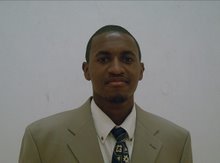



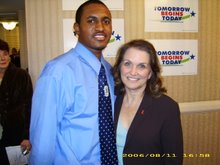
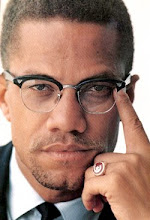
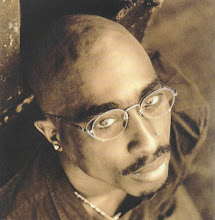



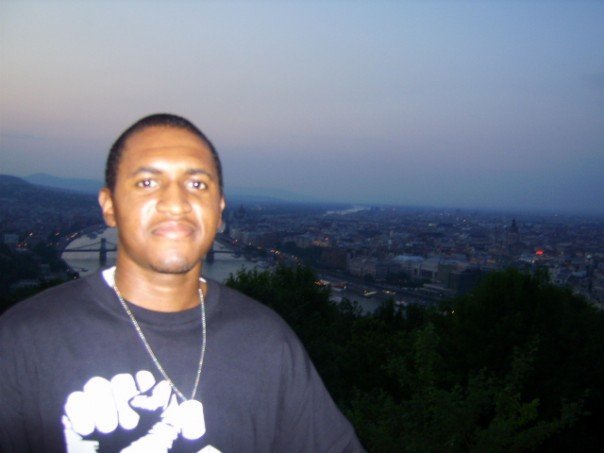





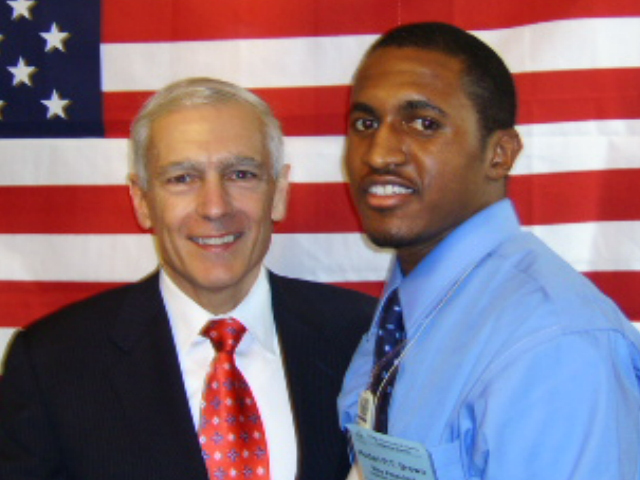
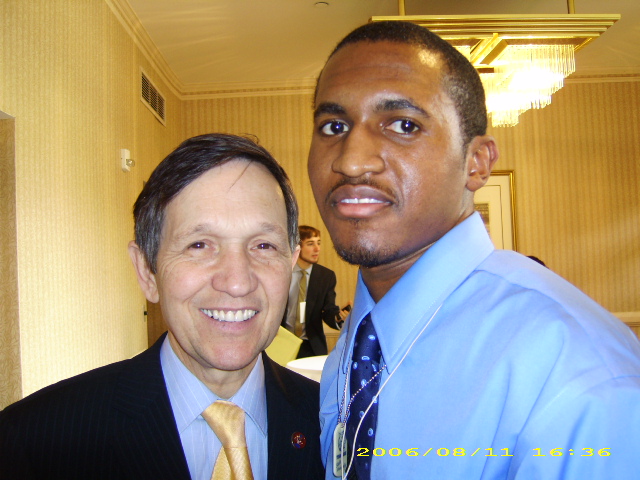

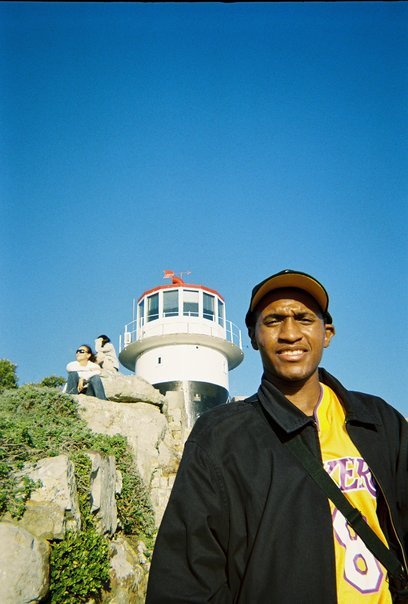
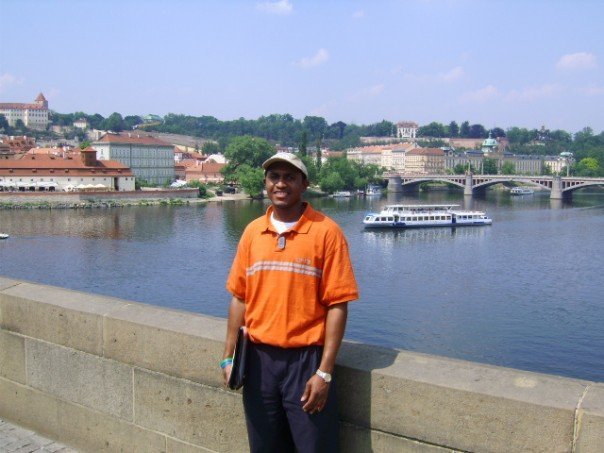
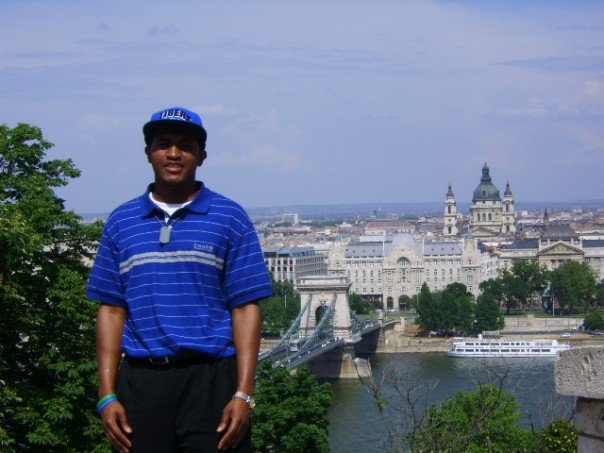
No comments:
Post a Comment